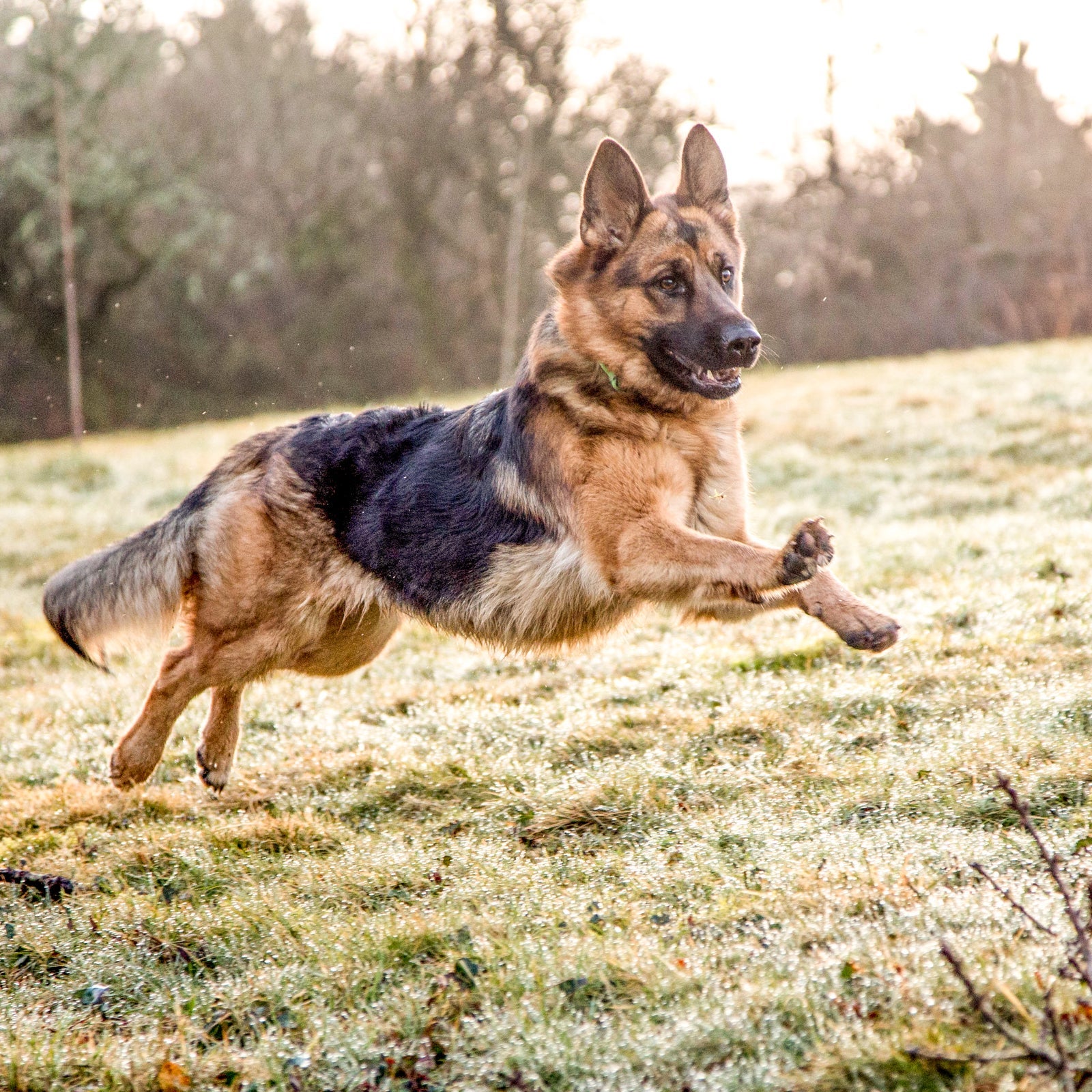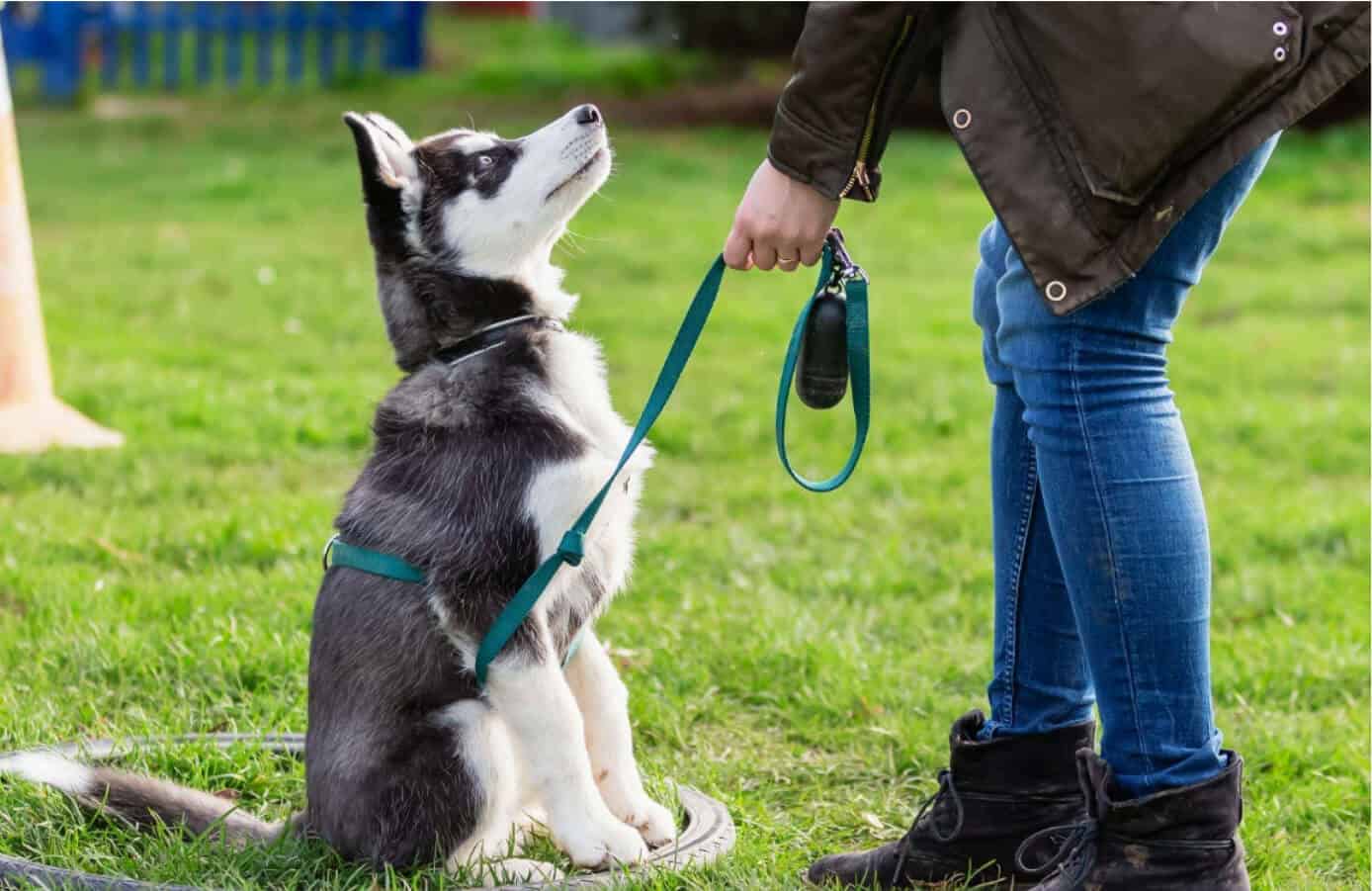Beginner's Guide to Successful Dog Training in the house
Effectively training a pet dog at home calls for a nuanced understanding of canine habits and efficient communication strategies. Developing clear training objectives, using top quality incentives, and maintaining consistency throughout family members are critical components. Integrating training into everyday regimens can improve both involvement and retention.
Comprehending Pet Actions
Understanding canine habits is important for effective training and promoting a harmonious connection in between people and their canine buddies. Pets communicate mainly via body language, articulations, and faces, making it essential for owners to translate these signals precisely. Recognizing actions such as tail wagging, growling, or shrinking can supply understandings right into a canine's emotional state and objectives.

Common behavior problems, such as aggression, stress and anxiety, or extreme barking, often originate from misunderstandings or unmet demands. Observing and resolving these concerns promptly can stop escalation and make sure a positive training experience. By fostering a deep understanding of pet dog actions, proprietors can tailor their training methods to match their canine buddies, eventually resulting in a happy and mannerly animal.
Vital Training Tools
A well-appointed training area can considerably boost the effectiveness of pet training in your home. Vital training tools ensure that both the pet and the instructor can take part in efficient sessions that promote understanding and bonding.

Buying a durable chain and a comfy, well-fitting collar or harness is essential for safety and control. These devices help establish limits and guarantee the canine remains protected during training. In addition, an assigned training area, cost-free from interruptions, aids focus for both the instructor and the canine.
Educating help such as training pads, cones, or agility tools can additionally enhance the experience by introducing selection and challenges. Having a notebook or electronic application for tracking progression can be indispensable, permitting you to note successes and locations for renovation. Using these crucial tools will certainly create a favorable training environment and lay the structure for reliable understanding.
Producing a Training Regimen
Establishing a constant training routine is important for effective pet dog training in the house. A well-structured regular not just aids in reinforcing desired habits however also supplies your pet with a complacency and predictability. To develop an effective training regular, start by recognizing specific training objectives, such as basic commands, leash strolling, or housebreaking.
Select a marked time daily for training sessions, preferably when your dog is receptive and alert. Procedure needs to be brief, about 5 to 15 mins, to keep emphasis and protect against exhaustion. Uniformity in timing and atmosphere will enhance your canine's learning experience.
Incorporate training into day-to-day tasks to reinforce skills. Method commands during walks or mealtime, which integrates finding out right into natural routines. Additionally, remain adaptable and readjust the regular as essential, suiting your pet dog's energy degrees and state of mind.
Positive Support Strategies
Positive reinforcement strategies are fundamental to reliable pet dog training, advertising preferred behaviors through rewards rather than punishment. This approach makes use of favorable stimuli, such as treats, appreciation, or playtime, to motivate pets to repeat particular activities. The foundation of this method is timing; rewards need to be offered quickly following the desired actions to produce a clear association.
When executing favorable support, it is vital to choose incentives that are encouraging for your canine. High-value deals with, such as tiny pieces of chicken or cheese, can be specifically reliable during training sessions. In addition, varying the benefits can keep your pet dog's interest and interest.
Begin with easy commands, like "rest" or "remain," and slowly progression to extra complicated tasks. Uniformity is essential; ensure that all member of the family use the very same commands and benefit systems to look at more info stay clear of browse this site complication.
Moreover, it is crucial to stay patient and prevent irritation. Dogs, like human beings, learn at their own speed. By fostering a supportive training atmosphere through favorable support, you can enhance your canine's understanding experience while strengthening the bond in between you and your furry companion, preparing for successful training end results.
Typical Training Obstacles
While educating a pet dog in your home can be a satisfying experience, it usually comes with a set of usual difficulties that can check both patience and uniformity. One widespread concern is diversion. Dogs might come to be conveniently sidetracked by sounds, motions, and even aromas in their setting, making it hard to maintain their focus during training sessions.
An additional difficulty is inconsistency in commands and reinforcement. If family participants make use of various cues or benefits, it can hinder and confuse the pet dog progression. Developing a unified technique is necessary for effective communication.
In addition, pets can experience frustration or tension, specifically if they do not recognize what is expected of them. This can cause undesirable actions, such as barking or chewing.
Ultimately, the timing of support is vital (Dog training). Postponed incentives can lessen the effectiveness of positive reinforcement, as canines might stop working to attach the actions with the reward
Overcoming these challenges calls for commitment, clear interaction, and an organized training strategy. Recognizing and resolving these usual barriers will certainly lead the way for a more successful and enjoyable training experience at home.
Final Thought
In final thought, successful pet training in the house requires a comprehensive understanding of canine actions and effective communication techniques. By establishing clear training goals and utilizing high-quality deals with alongside favorable support, the training process ends up being a lot more rewarding for both the canine and the trainer. Uniformity, perseverance, and adaptability are necessary elements that help with learning. Eventually, integrating training into daily routines boosts the bond between pet and proprietor, making the experience both satisfying and effective.
Establishing a constant training routine is crucial for efficient canine training at home.Favorable support strategies are essential to reliable pet dog training, advertising desired habits via rewards rather than penalty (Dog training). By cultivating a helpful training atmosphere via favorable support, you can improve your dog's knowing experience while reinforcing the bond in between you and your hairy companion, laying the groundwork for effective training end results
In conclusion, successful canine training at home necessitates a thorough understanding of canine behavior and effective interaction techniques. By developing clear training objectives and making use of high-quality treats together with favorable support, the training process becomes much more Read Full Report gratifying for both the instructor and the pet dog.
Comments on “Dog Training Solutions to Help You Raise a Well-Behaved Pet”